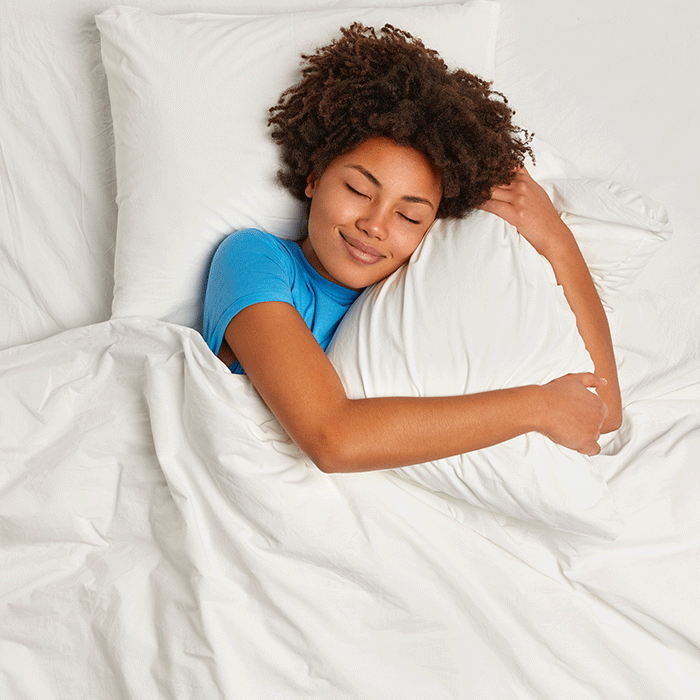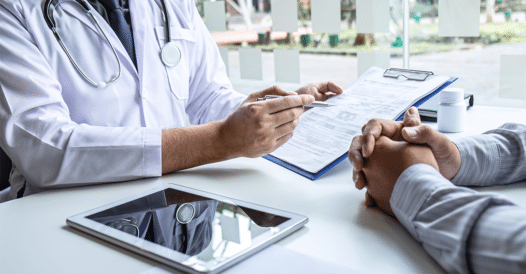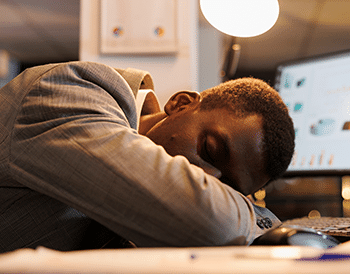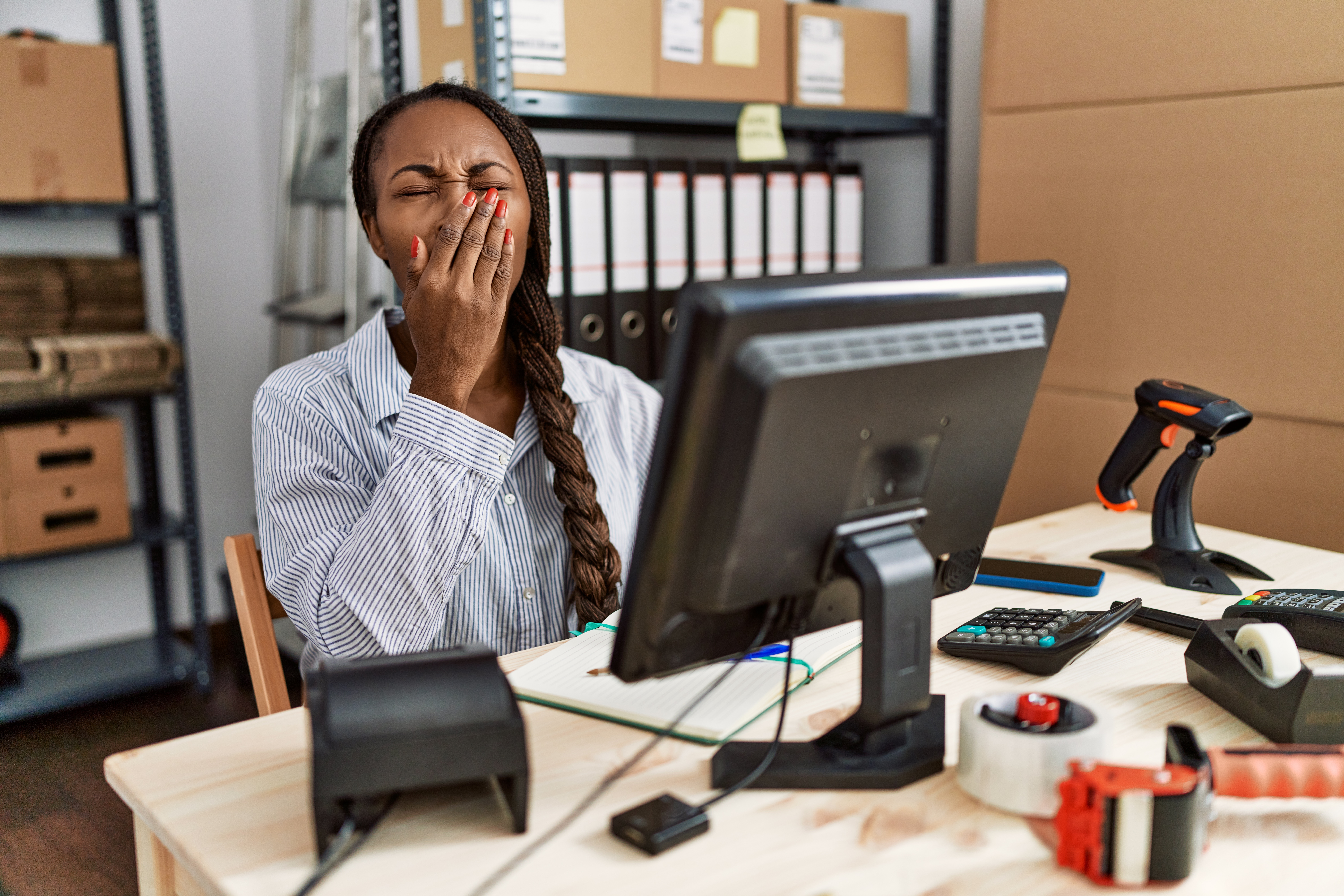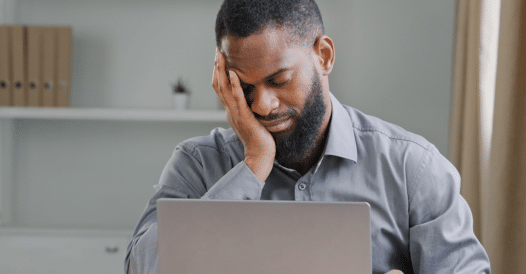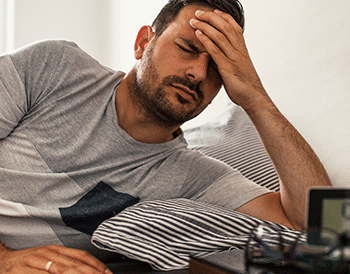Sleep and its Impact on Health
Sleep is an essential component of health and wellness; yet, many people experience disruptions in their sleep-wake cycle that are severe enough to impair physiological and psychosocial functioning. Disorders of the sleep-wake cycle, such as obstructive sleep apnea, narcolepsy and hypersomnia, as well as associated syndromes such as cataplexy and excessive daytime sleepiness, represent significant health problems with short- and long-term consequences. Sleep disorders have been associated with metabolic effects, changes in circadian rhythms, proinflammatory responses, and psychiatric, neurologic, pulmonary, and cardiac conditions, as well as decrements in neurocognitive domains. Likewise, sleep disorders can negatively impact work performance and attendance, and may contribute to increased injuries and accidents, creating a significant economic burden, as well as increased health care utilization and more frequent and longer hospitalizations.
Given the significant impact of sleep disorders, the identification and implementation of safe, effective therapies is paramount. The CME Outfitters Sleep Disorders Hub is designed to provide clinicians with the latest clinical practice guidelines, diagnostic strategies and tools, and scientific updates on current and emerging therapies to optimize the management of sleep disorders. In addition, the Sleep Disorders Hub also provides patient education tools to empower patients to make informed decisions about their care.

